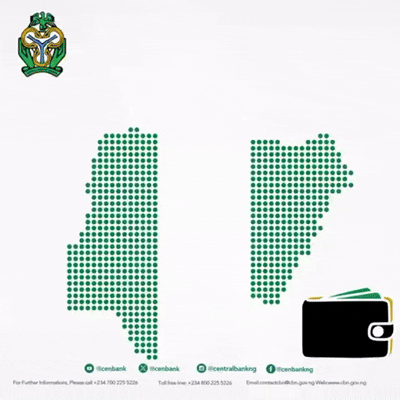Nigeria’s economic growth beat forecasts in the fourth quarter, helping its economy to expand the most in four years in 2019 as oil output increased and the central bank took steps to boost credit growth. GDP in the West African country stood at $476 billion or $402 billion, depending on the rate used
Consequently, the answer to the question of whether South Africa or Nigeria, the two countries that account for almost half of sub-Saharan Africa’s gross domestic product, is the biggest economy on the continent has long depended on which exchange rate you use for the West African nation. But now both the official naira rate of 306 per dollar and the weaker market exchange rate of around 360 that almost all investors use put Nigeria tops.
As if a recession wasn’t enough bad news for South Africa, it’s now confirmed as the continent’s second-largest economy.
Her economy went in the opposite direction.
It slumped into a second recession in consecutive years, contracting more than projected in the fourth quarter as power cuts weighed on output and business confidence. For the full year, expansion was 0.2%, the least since the global financial crisis, and even less than the central bank and government estimated. Based on an average rand-dollar exchange rate of 14.43 for the year, GDP was $352 billion.
Her economy went in the opposite direction.
It slumped into a second recession in consecutive years, contracting more than projected in the fourth quarter as power cuts weighed on output and business confidence. For the full year, expansion was 0.2%, the least since the global financial crisis, and even less than the central bank and government estimated. Based on an average rand-dollar exchange rate of 14.43 for the year, GDP was $352 billion.
In fact, projections show Nigeria’s economy will continue to grow faster. While the International Monetary Fund cut its forecast for Nigeria’s 2020 growth to 2% from 2.5% last month due to lower oil prices, South Africa’s GDP is forecast to expand only 0.8%.











